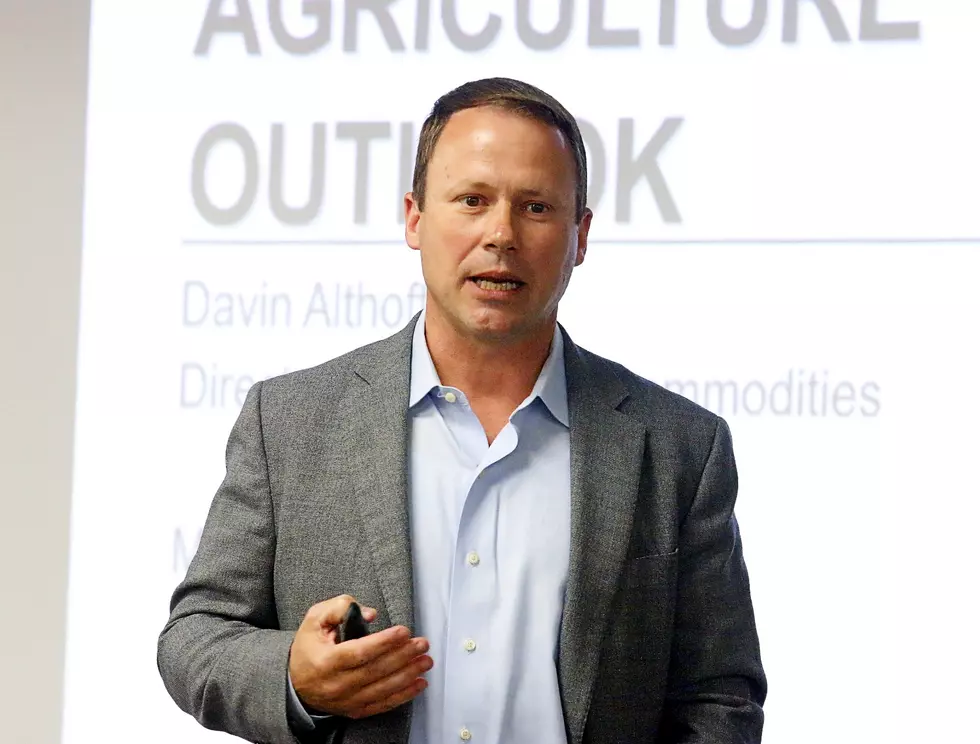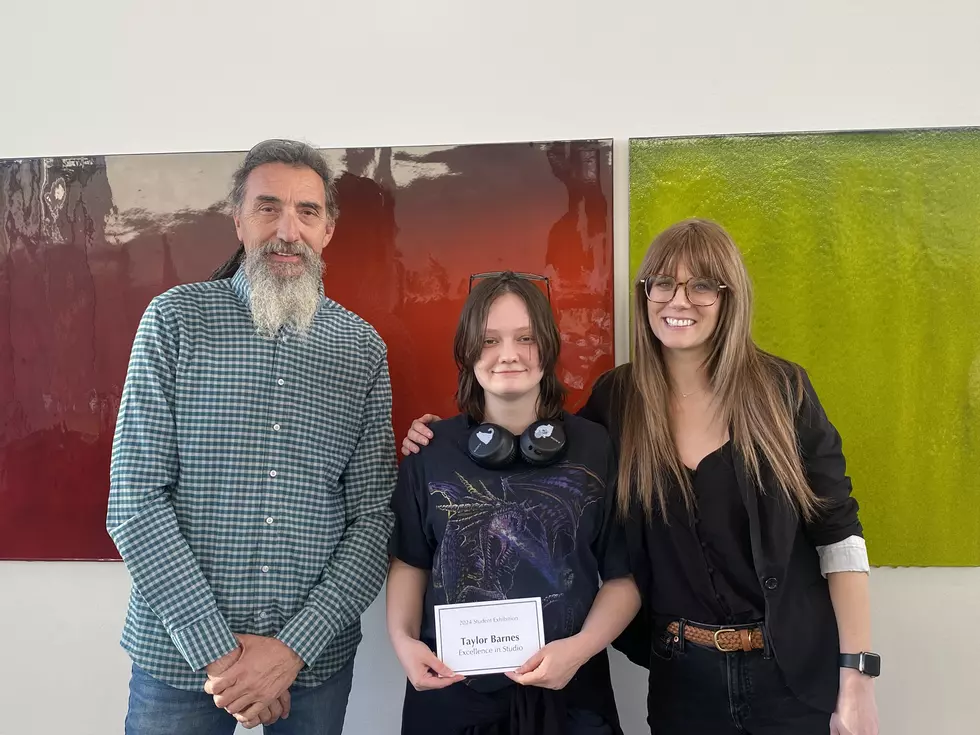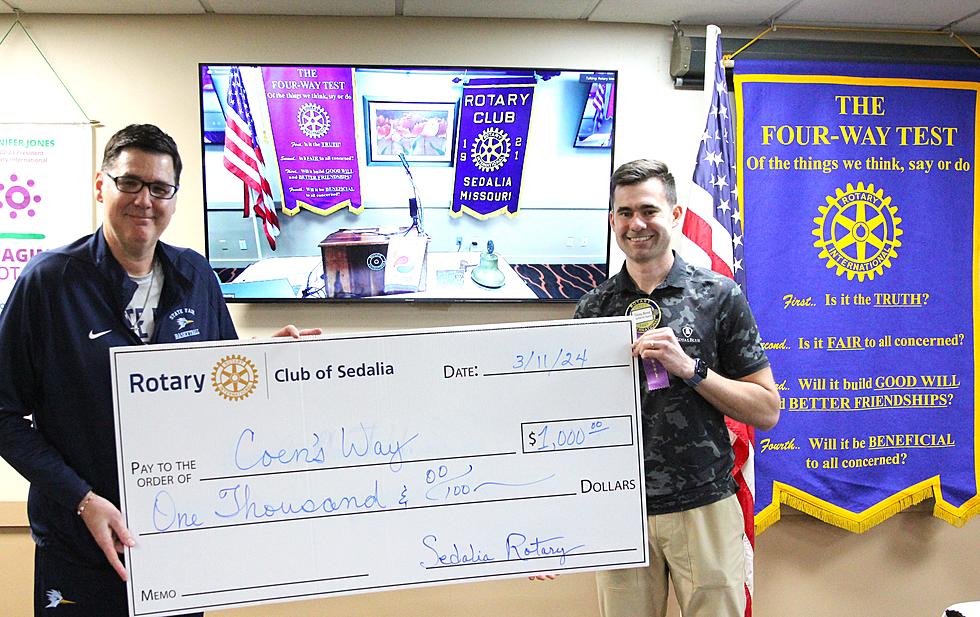
SFCC Added $132.5 Million To 14-County Service Area According To Recent Survey
SEDALIA—An economic impact study conducted for State Fair Community College indicates the college added more than $132 million in income to its 14-county service area economy in 2013-2014.
Economic Modeling Specialists International (EMSI) conducted the study by looking at SFCC’s economic impact through its operations spending, construction spending, student spending, and the financial imprint of the college’s alumni.
Results of the study were presented Nov. 24 to the college’s Board of Trustees.
In 2013-2014, SFCC’s payroll was $17.9 million for its 578 full-time and part-time employees, much of which was spent on clothing, groceries and other household goods and services within the 14-county service area. The college spent another $23.6 million to support its day-to-day operations.
The net impact of college payroll and expenses in the 14-county service area during that year was about $23.9 million in added income.
In the study year, SFCC served 6,588 credit students and 5,701 noncredit students.
Students who relocated to SFCC’s service area to attend SFCC in 2013-2014 spent money on groceries, transportation, rent, and other needs and put an additional $642,500 into the area economy.
Over the years, students have studied or re-entered the workforce with newly acquired skills. Today, thousands of these former students are employed in the college’s service area. EMSI suggests the accumulated contribution of SFCC alumni employed in the regional workforce amounted to $107.9 million in added income during the analysis year.
“This study quantifies the significant impact SFCC has on our community and its 14-county service region,” said Dr. Joanna Anderson, SFCC president. “SFCC is known as a primary provider of higher education and a supplier of trained employees for business and industry; however, the public may not realize the full impact of our combined college operations, student and employee spending and increased productivity of graduates.”
The EMSI study also looked at the return on investment for SFCC students and state and area taxpayers. SFCC’s 2013-2014 students paid a total of $10.2 million to cover the cost of tuition, fees, books, and supplies. They also forwent $40.6 million in income they would have earned had they been working instead of learning.
In return for the monies invested in college, the students will receive a present value of $209.5 million in increased earnings over their working lives. That translates to a return of $4.10 in higher future income for every $1 students invest in their education. The average annual return for students is 16.6 percent.
Society as a whole in Missouri will receive a present value of $717.3 million in added state income over the course of the students’ working lives. Society also will benefit from $26.9 million in present value social savings related to reduced crime, lower unemployment and increased health and well-being across the state.
For every dollar society spent on SFCC educations during the analysis year, society will receive a cumulative value of $8.70 in benefits for as long as the 2013-2014 student population at SFCC remains active in the state workforce.
In FY 2013-2014 state and local taxpayers in Missouri paid $12.9 million to support the operations of SFCC. The net present value of the added tax revenue stemming from the students’ higher lifetime incomes and the increased output of businesses amounts to $30.8 million in benefits to taxpayers. Savings to the public sector add another $5.7 million in benefits due to a reduced demand for government-funded services in Missouri.
Dividing benefits to taxpayers by the associated costs yields a 2.8 benefit-cost ratio, i.e., every $1 in costs returns $2.80 in benefits. The average annual return on investment for taxpayers is 7.7 percent.
“State Fair Community College appreciates the continued support of residents and elected officials in our 14-county service area,” Anderson added. “The college will continue to be a primary economic engine and workforce development partner. Besides helping students gain the knowledge and skills needed for good jobs, we provide a great value for our taxpayers with a 7.7 percent rate of return on their investment.
“We’ll keep developing new customized training programs to help local companies grow. And as we’ve always done, we’ll prepare our students to enter the workforce with the training and skills needed for success,” she said.
EMSI has conducted studies for many other community colleges throughout the state. EMSI is a leading provider of economic impact studies and labor market data to educational institutions, workforce planners and regional developers in the United States and internationally. Since 2000, EMSI has completed more than 1,200 economic impact studies for educational institutions in four countries.
More From AM 1050 KSIS









